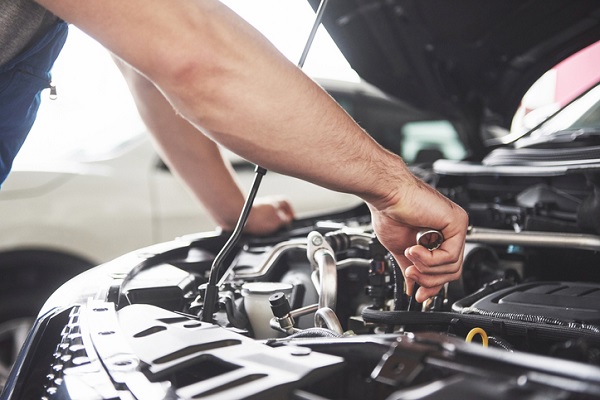The Pros and Cons of Stop-Start Technology Explained for Students in Automotive Repair Training

Stop-start technology is becoming much more common, but it is very controversial among vehicle owners. Some drivers love stop-start tech, while others loathe it. We’ll look at what the fuss is about by analyzing the pros and cons of this new car tech.
Stop-Start Technology Is Designed to Be Friendlier on the Environment
Stop-start technology is good for the environment because it prevents cars from emitting greenhouse gases while they are stationary, such as in traffic jams or while stopped at red lights. As North American environmental regulations become more stringent, more auto manufacturers are incorporating stop-start tech into their vehicles. According to Natural Resources Canada, if every Canadian light-duty vehicle driver eliminated just three minutes of idling for every day of the year, we could reduce CO2 emissions by 1.4 million tonnes—which is about the same as getting 320,000 cars off the road.
Automotive Mechanics See the Fuel Savings Stop-Start Tech Can Achieve
Another reason a lot of drivers love stop-start technology is because of its potential fuel savings. During city driving, stop-start tech can reduce a car’s fuel consumption by 4 to 10%—possibly even more for those who spend a lot of time in stop-and-go traffic. While that may not sound like a huge figure, it definitely adds up. Drivers can save between $260 and $1,540 over 10 years if they have this technology in their cars.

Drivers Often Tell Auto Mechanics They Worry About Stop-Start Wearing Down Parts
During your career after automotive repair training, you’ll probably encounter a few drivers who are convinced that constantly turning off and reigniting the engine will increase wear and tear on individual parts. However, this issue is more a misconception about how stop-start works. While starting and restarting an engine that is cold does cause wear and tear, stop-start technology only applies to engines that have already been warmed up. So it doesn’t actually increase wear-and-tear by any noticeable amount.

You’ll Find Some Drivers Are Uncomfortable with Stop-Start After Automotive Mechanics School
Stop-start technology can take some getting used to. Feeling the engine cut out every time you stop at a red light is definitely disconcerting, and that’s why many drivers don’t like this technology. In fact, this will likely be the top complaint you’ll hear about this technology after you graduate from automotive mechanics school. While many cars allow drivers to turn off the stop-start technology each time they get in the car, there’s no mechanism to disable it permanently. Chances are that as stop-start technology becomes more widespread, drivers will simply adapt to it.
Are you interested in turning your passion for cars into a career?
Contact CATI today to learn more about our automotive mechanic courses.
